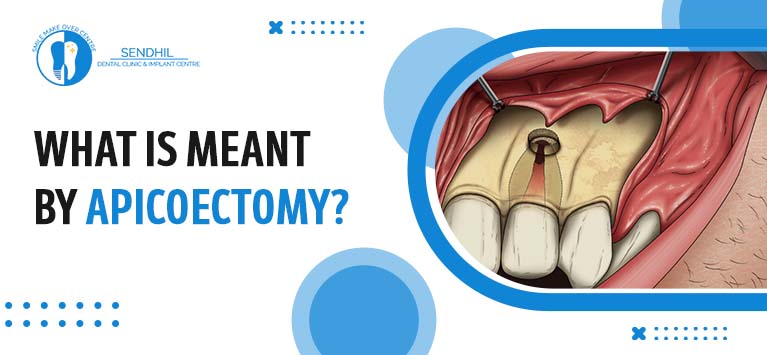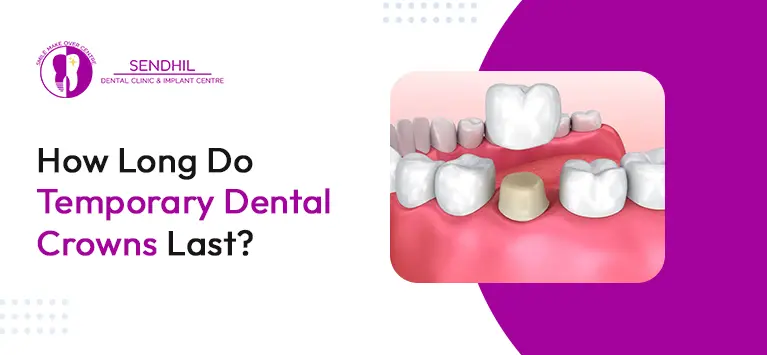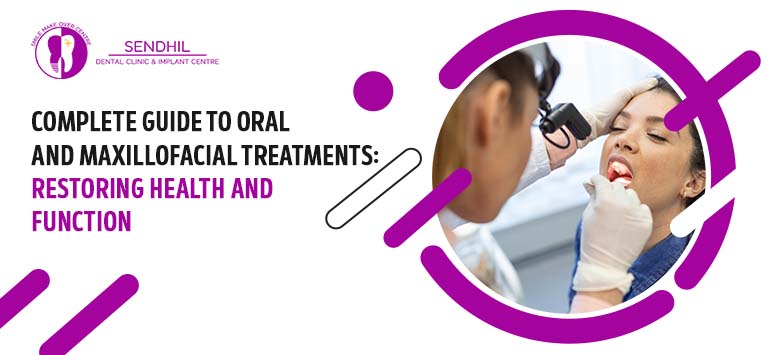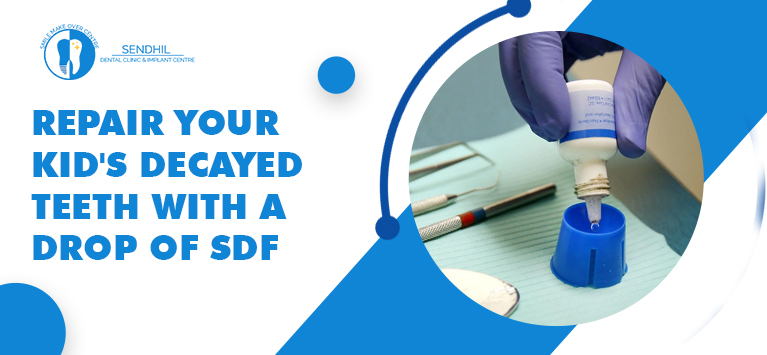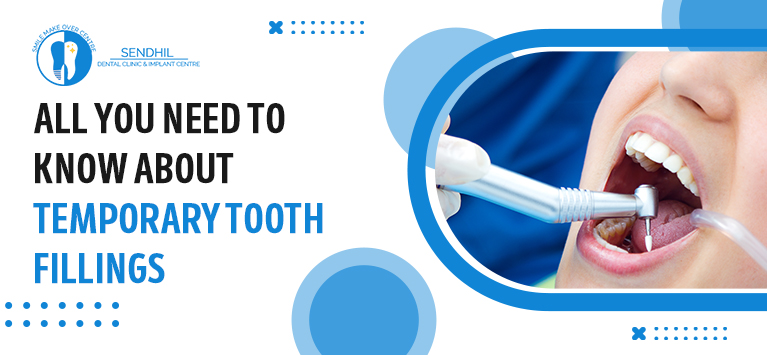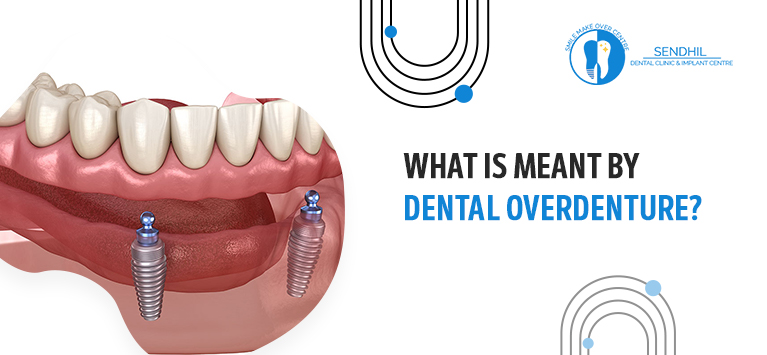What is an orofacial cleft?
Orofacial clefts (OFCs) are common congenital malformations of the lip, palate, or both caused by complex genetic and environmental factors. OFC may involve the lip, the roof of the mouth (hard palate), or the soft tissue in the back of the mouth (soft palate). OFC also involves structures around the oral cavity which can extend onto the facial structures resulting in oral, facial, and craniofacial deformity.
Orofacial cleft is one of the commonest congenital abnormalities which impacts negatively on the life of the individual and to a large extent affects the family. Caused by the interaction of environmental and genetic factors, this abnormality brings about decreased quality of life.
A cleft is when a baby is born with an opening in the lip and/or roof of the mouth (palate). A baby with a cleft might have:
- only a cleft lip
- both a cleft lip and a cleft palate
- only a cleft palate
Cleft lip alone and cleft lip with a cleft palate happen more often in boys. A cleft palate without a cleft lip is more common in girls. Together, these are called orofacial clefts. Most kids can have surgery to repair them within the first year or two of life.
The different types of clefts:
1) Cleft Lip
A cleft lip may just look like a small opening on the edge of the lip, or it could extend into the nose. It may also extend into the gums.
A cleft lip can be a:
- unilateral cleft lip: a split on one side of the lip
- bilateral cleft lip: splits on both sides of the lip
Clefts can range in size:
- Some are just a small notch in the lip (an incomplete cleft lip).
- Others extend from the lip through the upper gum and into the nostril (a complete cleft lip). This can make the baby’s nose look wider and shorter than normal, especially when there are clefts on both sides of the lip.
2) Cleft Palate
A cleft palate is when a baby is born with a cleft in the roof of the mouth. This leaves a hole between the nose and the mouth. It can be:
- a complete cleft palate: going from behind the front teeth to the back of the palate
- an incomplete cleft palate: affecting just the back of the palate, near the back of the throat
Another kind of cleft palate, a submucous cleft palate (SMCP), happens when the cleft is underneath the mucous membrane, the tissue that covers the palate. This makes it harder to see.
3) Cleft Palate With Cleft Lip
A cleft palate with a cleft lip is when a baby’s lip and palate (roof of mouth) both do not form properly during pregnancy. How serious the defects are can vary depending on the type of cleft lip and the type of cleft palate.
Sometimes OFCs are diagnosed by prenatal ultrasound, but there is no systematic screening for orofacial clefts. Most often, orofacial clefts are diagnosed after the baby is born. However, sometimes minor clefts might not be diagnosed until later in life. Education and awareness on orofacial clefts in general should be promoted so that preventive measures can be put in place and persons suffering from the condition can be well attended to and catered for.



